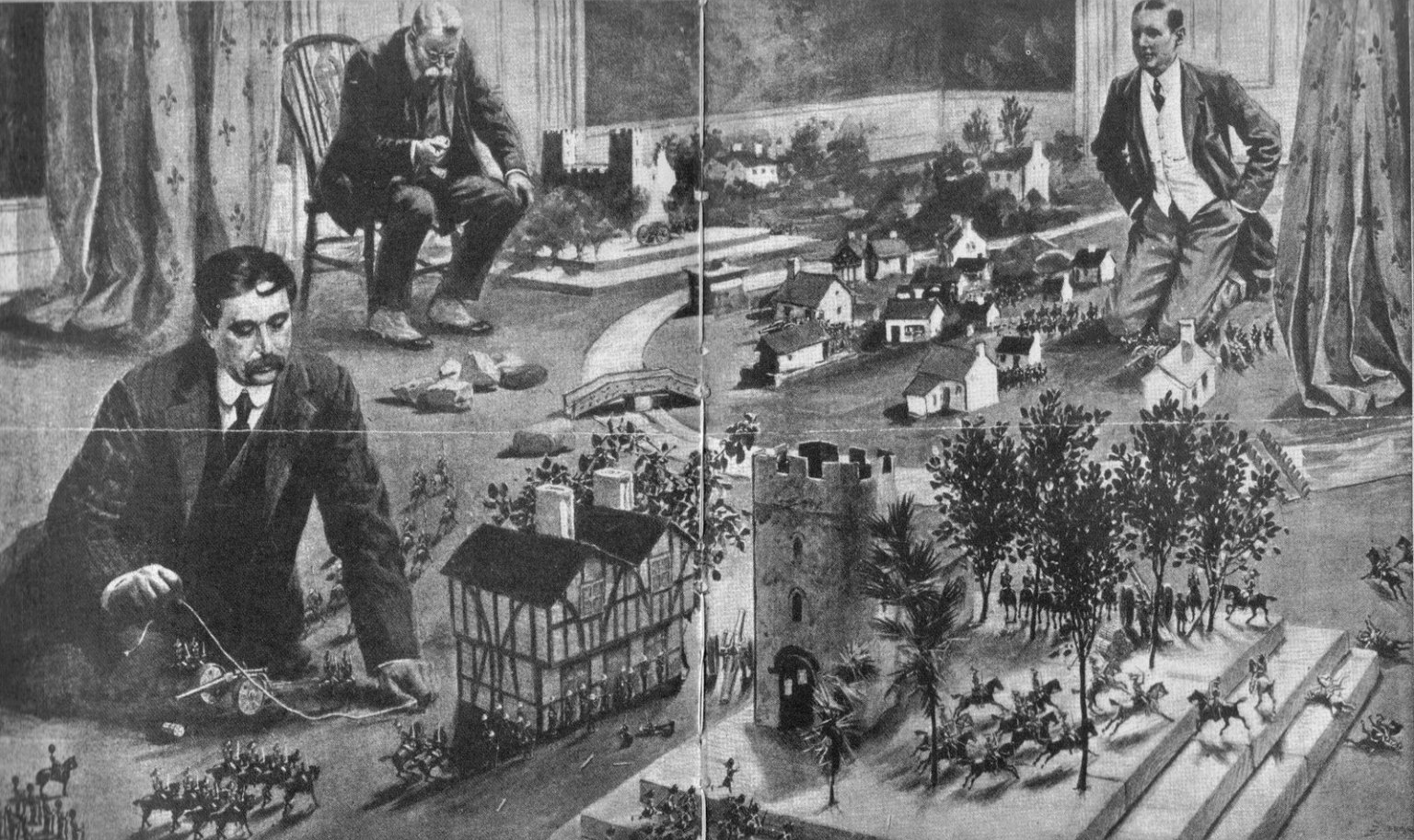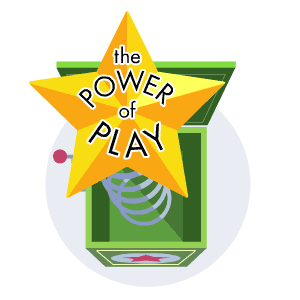

In May, 1942, ahead of the pivotal Battle of Midway, Japanese naval officers gathered to consider the aircraft carrier clash to come. They sat around a table, playing a war game–using cardboard tokens and laminated maps to simulate how their battle with U.S. forces might unfold.
During one simulation, an referee declared that two critical Japanese carriers had been sunk by American planes. But Rear Admiral Ugaki Matome overruled him, ridiculing the idea that more than one could be lost in a single battle. He returned the second sunk carrier to the board for the next round, and play continued. A month later, during the actual battle, four Japanese carriers were lost to American airstrikes.
“We routinely use games of all kinds to do what they’re best at, which is to practice in a safe-to-fail environment,” explains Philip Sabin, professor of strategic studies at King’s College London and author of Simulating War, a comprehensive examination of war-gaming old and new. “If you look at the recent war-gaming handbook that the British Ministry of Defence has produced, the vice chief of the defence staff emphasizes this point: war games are a safe-to-fail environment. It doesn’t matter if people make mistakes, that’s the whole point: they can learn from the mistakes and nobody’s died.”
The war game that the Japanese naval officers played, says Sabin, made those admirals too uncomfortable, which was entirely the point. “War-gaming is inherently disruptive,” he says. “War-gaming is designed to ask questions, it’s designed to make people uncomfortable.” Unfortunately, not everyone in a position of power enjoys being uncomfortable.
Today, politicians, generals, intelligencers, and even nongovernmental organizations around the world regularly play through “war games.” But, increasingly, these games aren’t simulating war–they’re simulating how to keep the peace.
“The problem with teaching on peace operations is there’s a ton of best-practice manuals on how you disarm combatants, how you repatriate refugees, how you do development,” says Rex Brynen, a games designer and a lecturer on political science at Canada’s McGill University. “You read them as a student, you wonder why on earth Afghanistan, or Congo, or what have you, is not working out [when] we have all these instruction guides.” All that changes, Brynen explains, when the lecturing stops and students take part in the in-depth games that he runs at McGill. Participants play the roles of politicians, diplomats, generals, and NGOs, all with their own aims and motivations. Each game can run for up to seven days, and may involve as many as 120 players.
Brynen argues that such games are one of the best ways to bring home the complexities of war and peace to everyone from freshman students to experienced politicians. Players compete for resources and negotiate to put their own factions’ interests above the greater good, but they can also obstruct one another’s progress through miscommunication and misunderstanding–exactly as in real-life situations.
The games’ rules are usually simple and flexible. Outcomes are adjudicated by a referee who weighs possibilities and probabilities; players are encouraged to think creatively and attempt almost anything plausible, as long as they stay in character. The result is like a game of Dungeons & Dragons, albeit one set in a crisis room. And, as in a game of D&D, there is no guarantee of success. The scale and possibility of such a game may seem intimidating, but that’s exactly the point. These situations exist because they aren’t easily resolved, and they can produce all sorts of unforeseen results. Players can and will do things wrong. They will be surprised, or perhaps even behave foolishly. Pride may be swallowed and egos bruised, but that discomfort is an invaluable teacher.
One advantage of these games is that designers can modify them on the fly, adding new elements in response to unexpected outcomes or new real-world developments. In response to the recent refugee crisis, game designer Tom Mouat has mocked up a deck of “migrant cards“–playing cards that depict real humans. They remind players that refugees and migrants are people with families, aspirations, skills, and potential futures.
Humans are also infinitely more imaginative than a computer simulation, which, by definition, needs a set of rules and parameters to run. “Take something that comes up in peacebuilding, which is how you negotiate crossing a checkpoint in the middle of a civil war,” Brynen says. “It’s manned by a bunch of drugged-up, bloodthirsty 14-year-olds. You could program a computer with checkpoint negotiations, but it’s far easier to get people to play drugged-up 14-year-olds. The problem with [a computer simulation] is, by definition, it only lets you do the things that you’ve already thought of in advance.”
What you will always need during a war game, both Sabin and Brynen agree, is a “Red Team”, the catch-all term used to describe those whose aims oppose yours–be they those bloodthirsty 14-year olds or participants in a partisan uprising, or smugglers, or even a cadre of environmental protesters who have chained themselves to a bridge.
Sabin describes one such example. (Since so many of these games are conducted for private clients or governments who don’t wish the “sensitive” nature of their theoretical exercises to be made public, he can’t say who the players were.) A team playing the part of an occupying force wanted to use drones and robots, because losing drones is more palatable than losing soldiers. However, an opposing faction offered a bounty on those drones, specifically promising children a reward if they could capture the machines and hand them in–something that might be accomplished with a well-aimed air rifle, well-timed net, or well-flung bedsheet.
How do you deter children from kidnapping your million-dollar military robot? Hordes of mischievous kids, whom you cannot target like enemy combatants, have suddenly become one of your biggest, and most unexpected, threats.
While most peacebuilding simulations assess the consequences of war, more and more are going beyond conflict. The Uniformed Services University in Bethesda, Maryland, has been making use of specialized board games to teach military medical students about supplies management during potential pandemic outbreaks. In 2017, Britain’s Labour Party “war-gamed” a sudden devaluation of the pound, examining one possible outcome of an election victory.
Brynen has also co-designed Aftershock, a more typical board game that simulates a humanitarian crisis in a fictional country, tasking four to eight players with confronting the damage and disorder in the wake of a massive earthquake. As well as coordinating relief efforts, the gamers must tackle political unrest and social upheaval. Aftershock has been used as a training tool in Canada, the United States, and Chile.
About a year before Hurricane Katrina hit the Gulf Coast of the U.S. in August, 2005, the U.S. Federal Emergency Management Agency ran a disaster relief game simulating “Hurricane Pam“–a weeklong exercise exploring the potential damage such a Gulf Coast hurricane could cause to cities, homes, and infrastructure. The 109-page debrief, published on September 20, 2004, predicted much of the destruction and disruption that the next year’s environmental disaster would bring. However, it’s difficult to tell whether the exercise had any significant impact on the federal relief efforts, or whether it improved any aspect of the response to Katrina’s devastating effects. Given the widespread criticism of the emergency responses from federal, state, and local governments, perhaps few officials had taken the time to digest the document.
“Over the past ten years, there have been a lot of initiatives, partly tied to the experience of Iraq and Afghanistan,” says Sabin, “and [us] realizing that we’re not as good as we thought we were.” People want to learn from their mistakes, he believes.
The most important thing, Brynen says, is reflection. “You have to be careful you don’t put too much weight on the game, because it’s just one version of reality, and, really, it’s being useful if it’s sparking questions,” he says. “[Some] people play them and expect people to learn just from that game, as opposed to the several hours of reflection afterward. I think all the evidence [shows] it’s actually what happens after the game that’s at least as important.”


How We Get To Next was a magazine that explored the future of science, technology, and culture from 2014 to 2019. This article is part of our The Power of Play section, which looks at how fun and leisure can change the world. Click the logo to read more.
